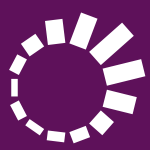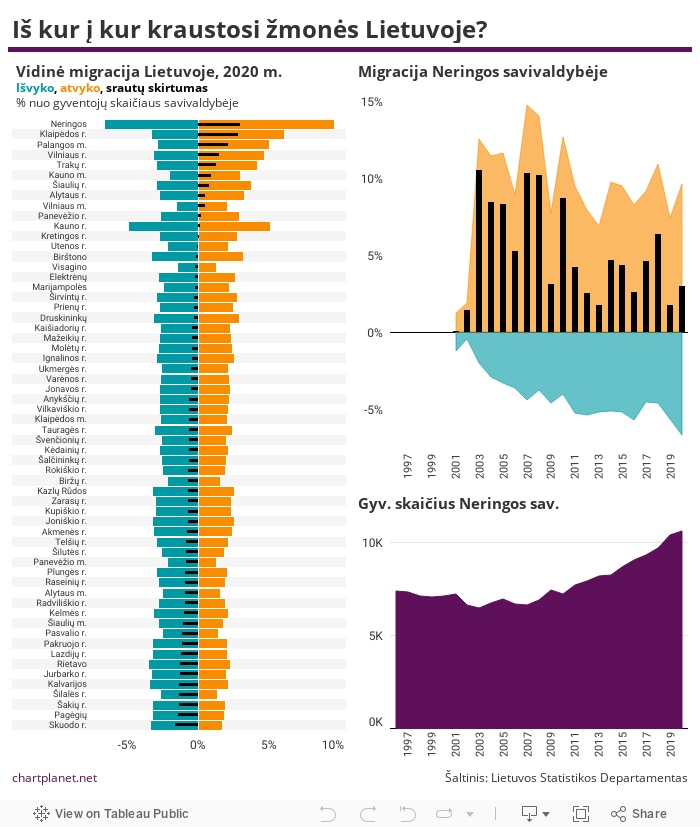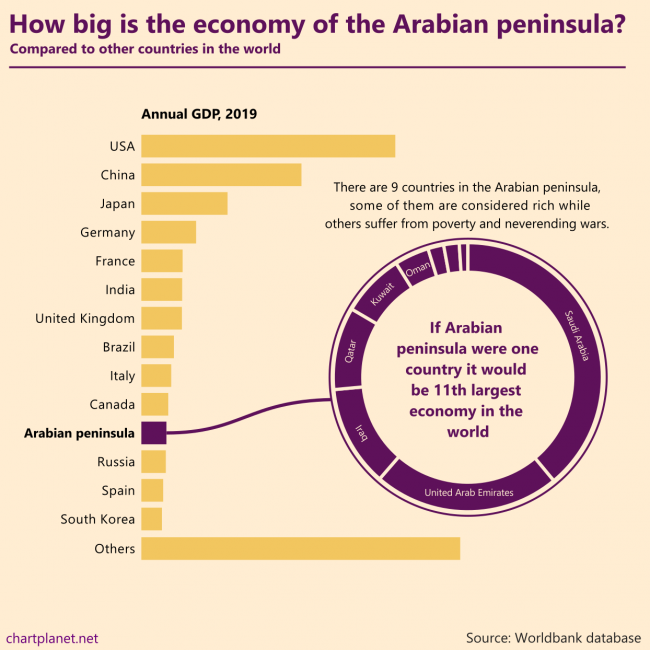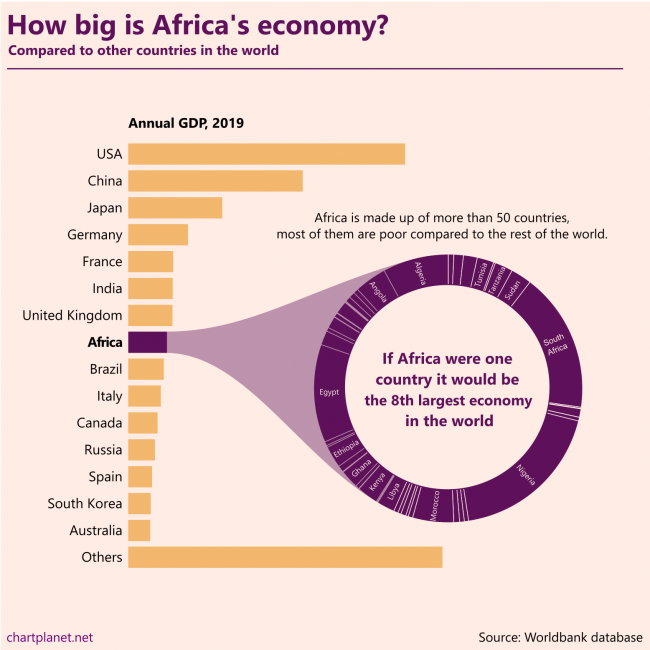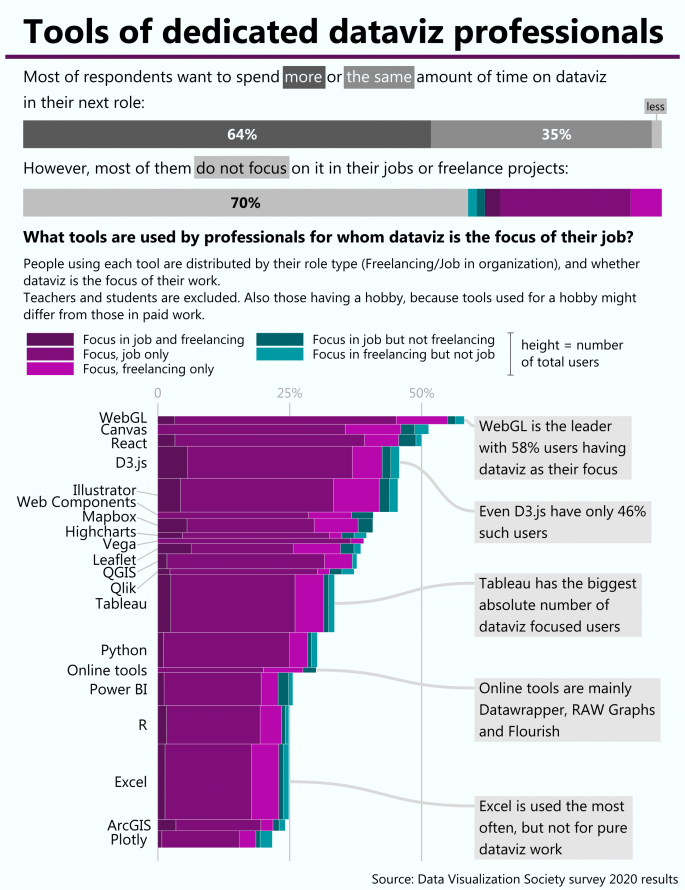
What: Annual inflation rate and 3-month interbank rate.
When: Every month from January 1990 till January or February 2022 (latest data available).
Where: All countries available in the OECD database (OECD countries + some other countries) which have data for 2022 (that’s why no China here) except Luxembourg.
Source: OECD
